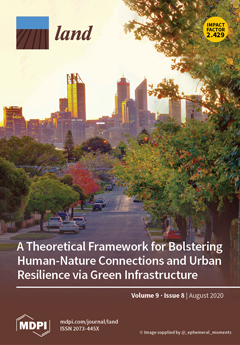Resource information
Based on the background of the change in the urban–rural relationship in Guangdong Province, this paper constructs an analysis framework of urban and rural coordination development. Using the data of 19 administrative units above prefecture level in Guangdong Province, this paper studies the space–time evolution of urban and rural coordination development during 2000–2015 through Principal Component Analysis (PCA) and Exploratory Spatial Data Analysis (ESDA) and explores the influencing factors and driving forces behind it. It is found that there is club convergence in the urban and rural coordination development in Guangdong Province. This kind of convergence is reflected in the findings that the east bank of the Pearl River estuary is the best area for the urban and rural coordination development where Guangzhou, Dongguan, Shenzhen is the core and the level of urban and rural coordination development in the east, west and north of Guangdong Province is relatively low, which also reflects a geographical polarization feature. Based on the analysis of the factors that promote the urban and rural coordination development in the main years of 2000–2015, it can be concluded that location, economic development and urbanization level are the most important driving forces, followed by industrial structure. This research can be used as a decision-making reference for urban and rural coordination development and new countryside construction in China in the New Era.


